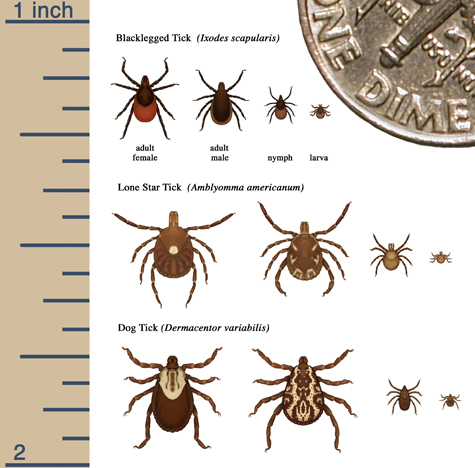tick life cycle time
Inside or out ticks love a warm environment to lay their eggs. Egg larva nymph and adult.
We have all seen dogs scratching themselves rigorously when they suffer from tick infestation.

. There are some species of ticks that only require one host or sometimes two to complete their life cycle. The three best Tick Charts for Emini day trading are the 500 Tick 1500 Tick and 4500 Tick Charts. A female tick can lay up to 5000 eggs at a time in early spring.
A nymph becomes an adult tick in the fall and winter before laying its own eggs in the spring. Hard ticks will typically lay eggs on the ground in protected areas during the spring. Egg larva nymph and adult.
These are the egg the larva the nymph and the adult. After one to three weeks the larva molts and becomes a nymph. The length of time a nymph feeds can vary.
Depending on the species ticks can live for up to three years during which they go through four distinct life stages. Image will be uploaded The life cycle of Tick. Aside from its missing set of legs the larva looks a lot like an adult tick.
Ticks that feed on mammals birds reptiles and amphibians are known as blacklegged ticks. American dog ticks for example a variety of tick that is common in North. To survive once the eggs hatch the ticks require a blood meal at every stage.
Depending on the species of tick the entire life cycle can take from two months to years to complete. After one to three weeks the larva molts and becomes a nymph. After a two-year life cycle a female tick can lay thousands of eggs.
Its important to be familiar with this life cycle to get rid of ticks from your lawn and landscape and prevent tick bites. After the egg hatches most species of ticks have three hosts one for each life cycle but the brown dog tick Rhipicephalus sanguineus prefers to feed on the same host during all three life stages. The life cycle of an Ixodidae insect lasts for about 2 years.
A ticks life cycle usually lasts two to three years. Ticks have four life stages. A tick nymph has eight legs and looks like a smaller version of an adult tick.
A tick egg hatches into larva in the winter. Egg Larva Nymph and Adult. Ixodes scapularis the black-legged deer tick which is the primary vector for Lyme disease has a four-stage life cycle and a lifespan of about two years.
After female ticks complete their 2-3 year life span they often lay their batch of eggs in the spring. It can take up to 3 years to complete a full lifecycle and most will die because they cant. After feeding some nymphs become dormant for the season some will drop back to the ground to make a final molt and others will complete the life cycle using the same host.
The most popular tick is the hard tick called American dog tick that feeds on the dog for several days. Some survive longer but many die when they fail to find a host to feed. Deer tick eggs hatch into larvae in the late summer months during which time they take one blood meal from a small mammal or bird.
Treating ticks before they reach maturity. Lets review the life-cycle of a tick. Eggs are not dangerous and.
A larva becomes a nymph in the spring and summer. The Life Cycle of A Tick. The entire life cycle of the tick can take up to 3 years to complete and is comprised of four distinct life stages.
Ticks will reproduce sexually and typically find mates by feeding on a host. Engorged female ticks drop off the host and lay their eggs on the ground approximately 2000 to 3000 eggs in the case of the cattle tick and these hatch to new larvae in approximately 3 weeks. Its first host is usually a small mammal or a lizard and it has to find a host in order to grow.
Once a tick egg hatches it has to feed on blood at every stage of its life cycle for the rest of its life in order to survive. After feeding the larva drops to the ground to digest its food and begin to grow. To reach the next stage ticks must feed on a mammal bird reptile or amphibian host commonly referred to as a blood meal.
A tick egg is laid in the spring. The life cycle of a deer tick lasts about two years and begins in the early spring when an adult female engorged full with blood lays fertilized eggs. Facts About The Tick Life Cycle Tick Life Cycle.
Once the egg hatches a tick needs a blood meal at each stage in order to survive and continue to grow. After the mating process male tick dies while the female tick dies after laying eggs. Tick Identifier THE 12-WEEK DIFFERENCE IN FLEA AND TICK CONTROL.
Under favorable conditions in the natural environment the life cycle of such three-host ticks from the time of hatching of the larvae to the hatching of. The tick life cycle lasts typically anywhere from 1-3 years. Now that we better understand the tick lifespan lets explore more about the interesting life cycle of a tick.
In early spring ticks begin to lay their eggs. After feeding the larva drops to the ground to digest its food and begin to grow. The four stages of a ticks life are egg larva nymph and adult.
Ticks of the Ixodes scapularis species have a two-year life cycle. After hatching from the eggs ticks must eat blood at each stage in order to move on to the next one. All active stages of the tick life cycle require blood meals to continue their development.
One female tick can lay more than a thousand eggs either brown or red in color. They go through four phases of development during this time. Ticks in the larval nymph and adult stages can live for varying lengths of time without a blood mealsome for frighteningly long periods.
During this time they go through four life stages. This life cycle includes four stages. The cattle tick can therefore complete its life cycle from newly laid egg to engorged adult in approximately 6 weeks.
Ticks are not able to lay eggs directly on a host they must first detach. A hen will lay an egg every 25-27 hours or so and this cycle goes on every day. Usually a female tick takes a longer time of feeding compared to the male tick.
However they can lay eggs just about anywhere else and they do. When it comes to hard ticks the male and female ticks first acquire a sufficient blood meal and then initiates the process of mating. Understanding the life cycle of ticks can play a direct role in tick management.
The spent female tick dies.
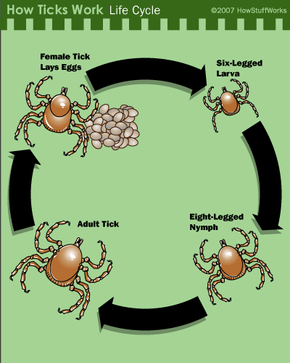
Tick Life Cycles The Tick Life Cycle Howstuffworks

Hard Tick Life Cycle U S Tennessee Valley Authority Drawing Download Scientific Diagram
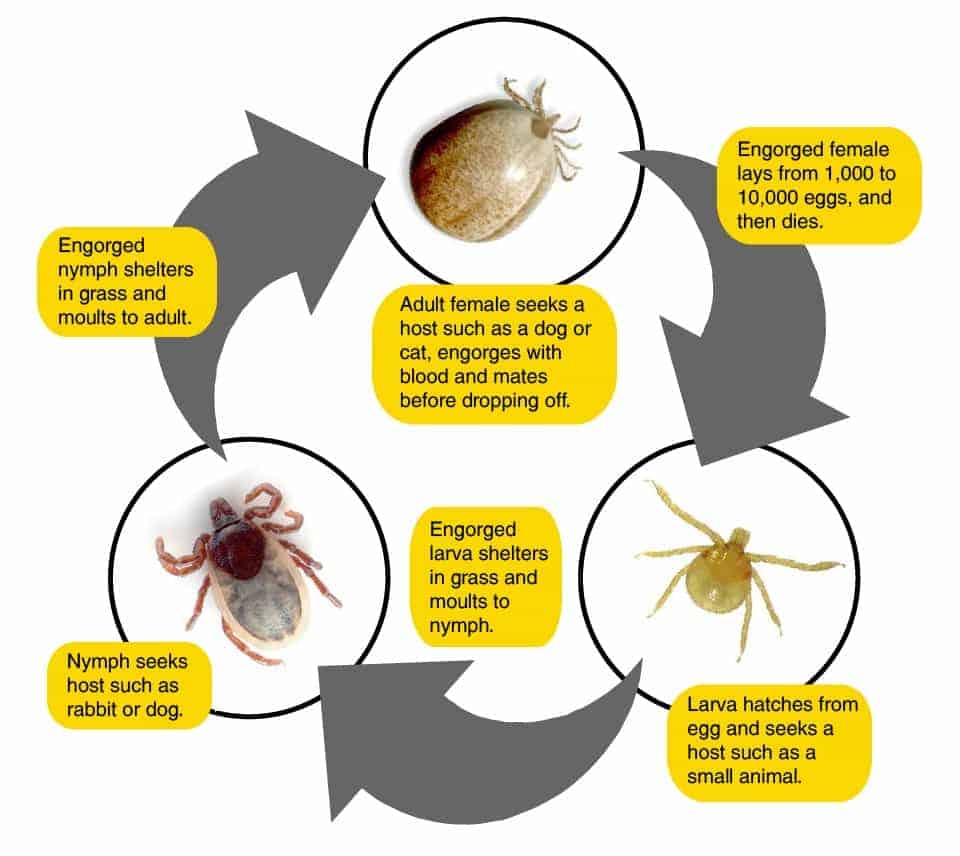
The Life Cycle Of Hard Bodied Ticks Ticksafety Com

Life Cycle Of A Tick How Long They Live How To Prevent Them
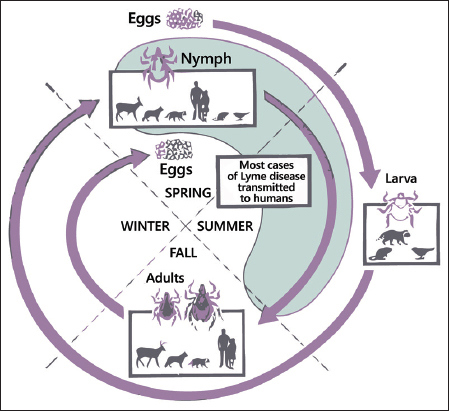
Tickcheck Com Deer Tick Life Cycle And Active Periods Tick Testing Information

Tick Biology The Tickapp For Texas And The Southern Region
The Life Cycle Of The Tick From Eggs To Ambush American Kennel Club

File Image Life Cycle Of Ticks Family Ixodidaefr Jpg Wikimedia Commons

Diagram Showing Life Cycle Tick Royalty Free Vector Image
Ticks Cdc Southeastern Center Of Excellence In Vector Borne Diseases
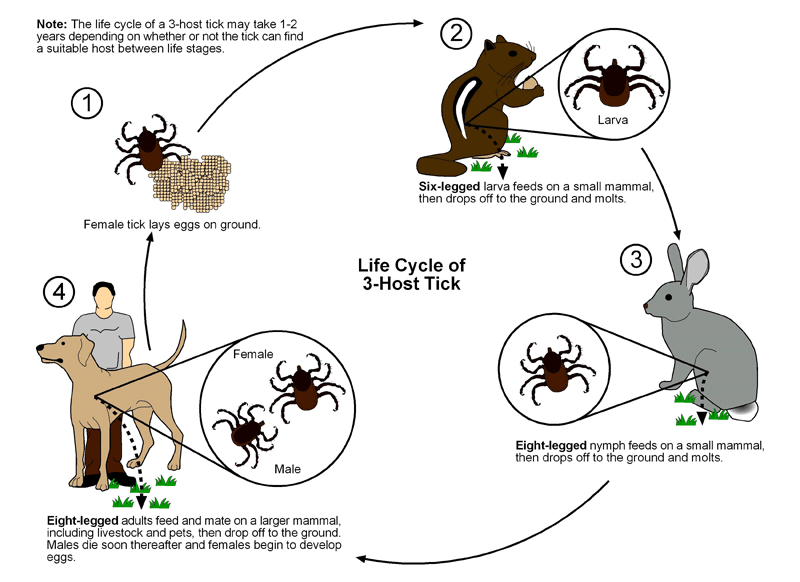
Ticks Public Health And Medical Entomology Purdue Biology Entomology Insects Ticks Diseases Monitoring Control Hot Topics Agriculture Extension
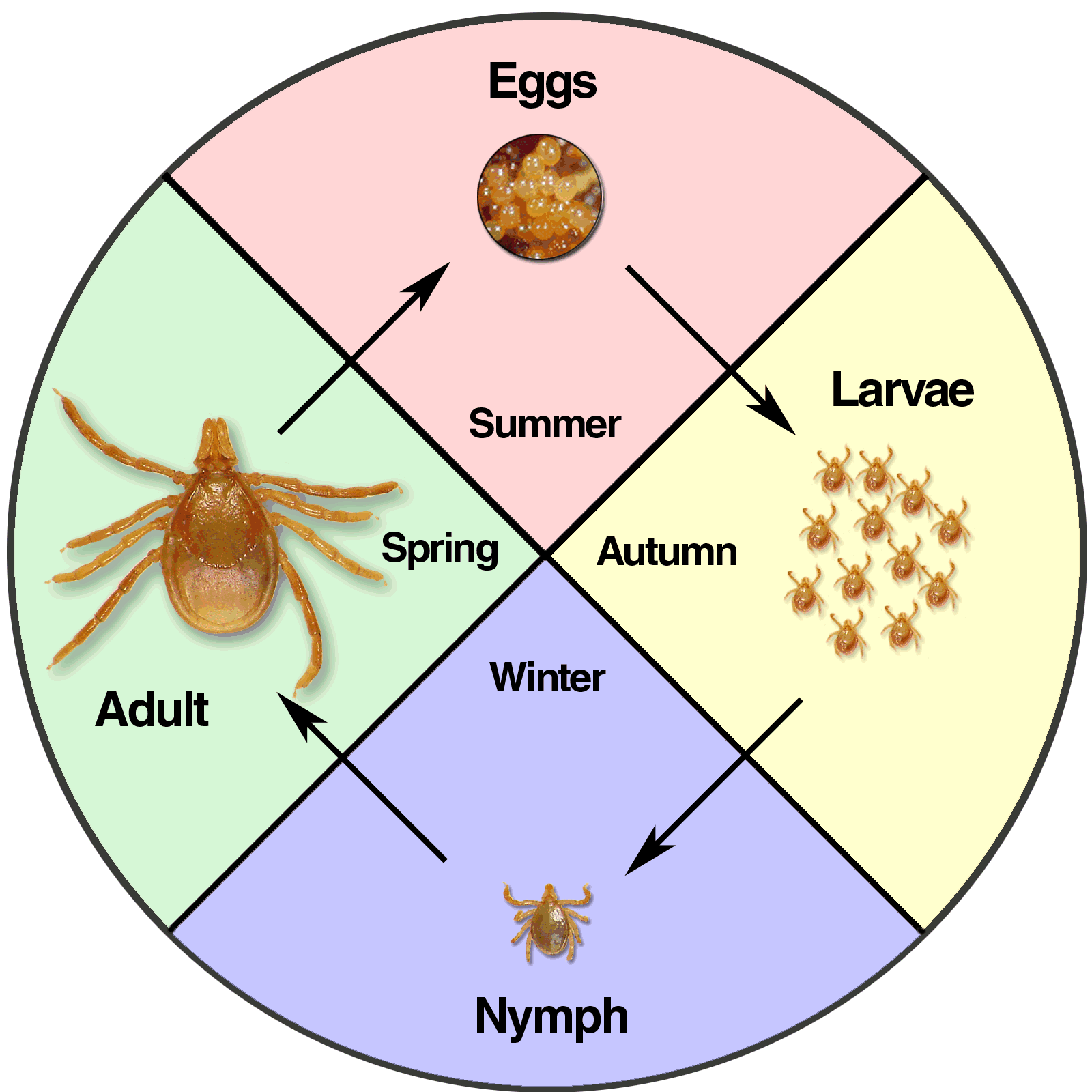
An Overview Of Tick Paralysis Symptoms Treatment And Prevention

Ticks Life Cycle Reproduction Study Com
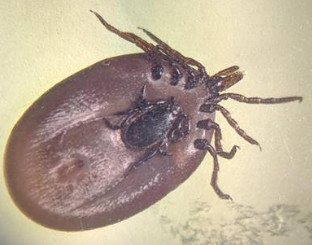
Tickcheck Com Deer Tick Life Cycle And Active Periods Tick Testing Information

I Ricinus Life Cycle I Ricinus Is A Three Host Tick Of Which Each Download Scientific Diagram

The Tick Lifecycle Lyme Tick Borne Disease Testing Statistics

